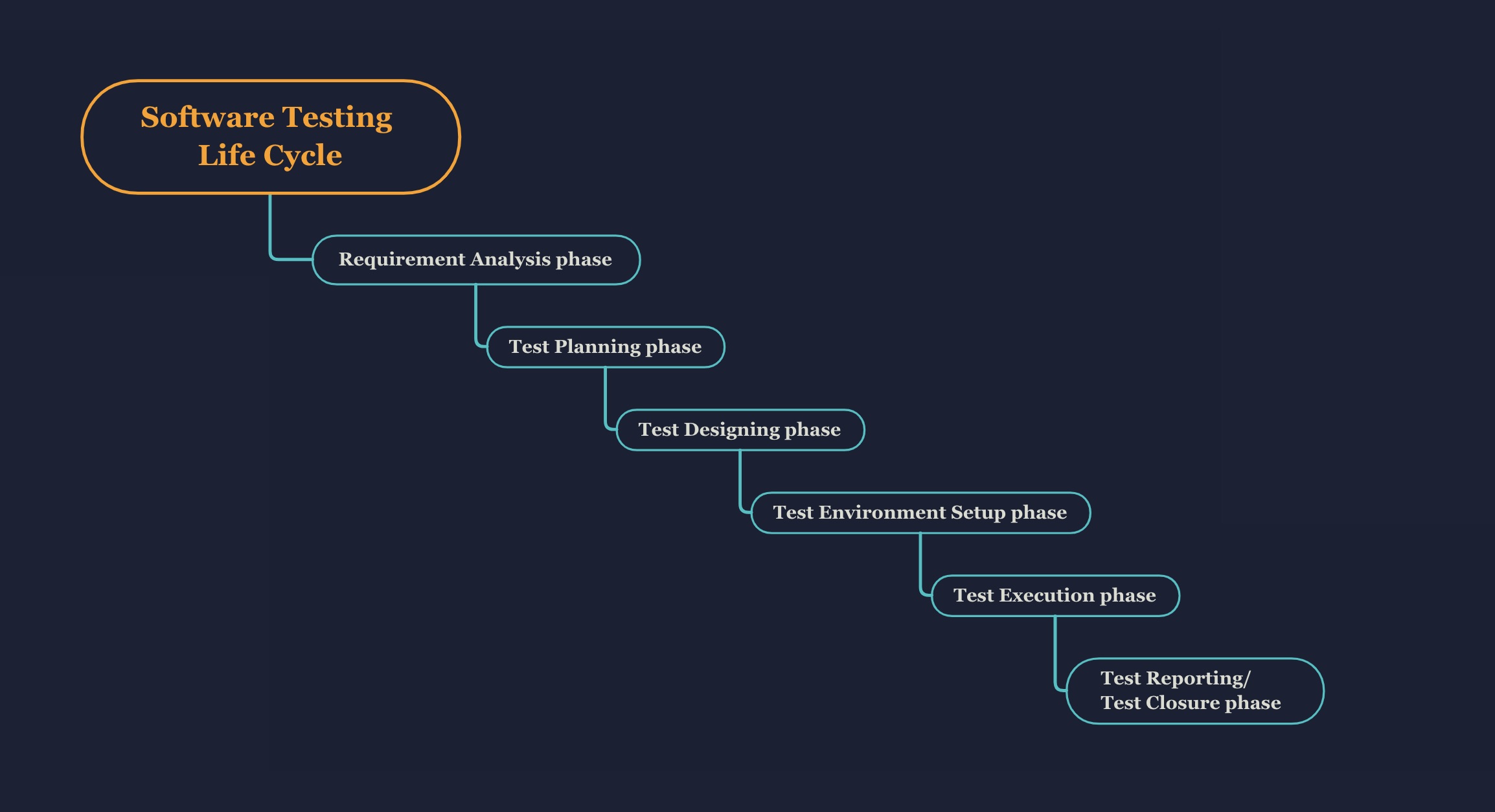
Hi! Now, I'm back again to another post on PPL series. This time I will share my thoughts about testing and Test Driven Development (TDD) on my software engineering project. This post will only dive a little as to show how we implemented it. So, don't put so much expectation, mkay?
Testing
Testing has always been an important part of software engineering discipline. Through executing the system under test in specific ways, it tries to uncover bugs lurking in the corner and verify that the system is running correctly. I've put a nice image of Software Testing Life Cycle at the top of the post, but it only serves its purpose as hero image. I won't delve to the topic of testing lifecycle because its pretty standard and I think everyone had already use it subconciously. In turn, I will tell you about testing methods that we use in PPL. They are user acceptance test, unit test, lint test and static analysis.
User acceptance test (UAT) is done as a part of sprint review per Scrum framework by letting the tester, in this case user or any relevant stakeholder, interact with the system. In turn, the rest of the tests is automated as part of Continous Integration (CI) or anytime anyone would like to run them. Running those tests as part of CI makes sure that every version is up to standard. This is especially true for my team as we are required to implement TDD.
Test Driven Development
For the uninitiated, TDD is a software development methodology that requires developer to turn technical requirements into specific test cases first before making changes that will fulfill those requirements. This test-first programming concept is not new however, as similar concept is also made in Extreme Programming (XP). Even Kent Beck himself, one of the most known figure in XP and TDD, attributed his work to only rediscovering TDD as similar concept has been used way way before in some ancient programming books and subconciously by senior programmers.
TDD Cycle
The modern TDD cycle nowadays looks like this:
- Add tests. Turn the requirement into runnable test cases.
- Run test to see if the tests fail (bonus point to put this version into version control first).
- Write the required functionality.
- Run tests to see if the tests pass.
- Refactor the code base as needed. One such cases is when making small changes becomes too tedious as the units (class/function/method) becomes too large and requires too many code/test changes.
Merely repeat these steps to perform TDD.
TDD's Promises
The advertised benefits for implementing TDD includes encouraging developers to define how to use their class/function/method and their expected output/side effect by writing unit test. Some even argue that these "definitions" can also serve as a kind of document that developer can look up to. TDD obviously also produces better test coverage that in turn proportional to higher code quality, to a certain extent.
Another interesting effect TDD does is how it encourages developer to make changes just enough to pass the test. This tendency to keep changes small, simple, and limited to only related units is claimed to produces cleaner and cleaner design than is achieved by other methods.
Where TDD falls short
Of course oppossing arguments exist too. Most people claiming against TDD will most likely complain about it being too slow or something along the way. Its event worse for those who just started or learning. Performing TDD requires the developer to be familiar with testing tools such as assertion and mocking on top of the tools needed to implement the actual requirement.
Other problems that may arise when performing TDD is when the requirements can change often. Thus, Developer needs to rewrite their tests again as long as the requirement is not final. Though it seems normal, but this can be very inefficient for design that needs a lot of prototyping. One such case can be made to compare framework user and library developer. For framework user much of the coding/testing pattern has been estahblished so there are already lots of samples online and its fairly easy to write tests. Meanwhile, library developers more often needs to deal with introducing new level of abstraction, or larger structure bigger than a unit that needs multiple times of code refactoring to be implemented TDD way.
Our Experience
Most of my claims above is made observation on my own projects and other blogposts online. I feel firsthand how nice it is to perform TDD on my Django project using the provided testing library. Though, it kinda feel more like integration test more than unit test as Django's testing library already mocks client request, database connection and vice versa. On the other hand there is also a component in my project that I write as a library albeit still in one repository with the rest of the code. This library is written without TDD most of the time because it required me some time to do prototyping.
So, what? TDD is a nice dicipline to follow, but it doesn't perfect for every situation in existance. Rules are meant to be broken anyway. Knowing when to break them however is essential.